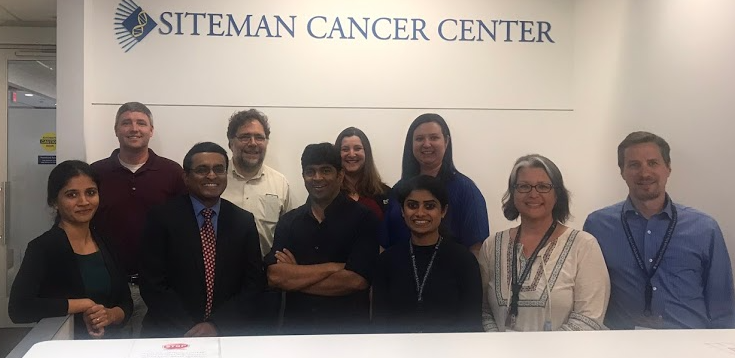Interview with OpenSpecimen Implementation team at Washinton University
Introduction
Washington University School of Medicine (WUSM) is a leading research institution located in the vibrant biotech community of St. Louis, Missouri. WUSM consistently ranks in the top 10 American medical schools for research and receives significant funding from the National Institutes of Health (NIH). The school’s research spans a wide range of diseases including cancer, diabetes, cardiovascular disease, and infectious diseases.
Cutting Edge Research Needs Efficient Biobanking
WUSM has a number of biorepositories supporting basic and translational research. The Tissue Procurement Core (TPC) is a centralized biorepository that collects, processes, and stores human biospecimens for biomedical research. Currently, the TPC contains 2+ million specimens including cryopreserved cells, frozen pellets, serum, plasma, fixed tissue blocks, fixed tissue slides, and DNA. Biospecimens along with de-identified pathology and demographic data are available for IRB-approved investigator studies through the TPC General Specimen Bank Registry.
Long Association with OpenSpecimen
WUSM has been using OpenSpecimen’s biobank software for 10+ years and was part of the original development team of the product. Over the years, WUSM has been an active community member and has contributed to the development of various features.
At WUSM, OpenSpecimen has more than 100 unique monthly users managing more than 1,000 protocols across nearly 50 sites, including the Tissue Procurement Core, Alliance Trials, and other disease-based biorepositories.
OpenSpecimen is used in combination with REDCap and the Alliance BioSpecimen Management System (BioMS). REDCap integration enables real-time data synchronization such that new subjects registered in REDCap are automatically registered in OpenSpecimen – thereby reducing manual data entry and eliminating errors due to duplication. Similar to REDCap, the BioMS application allows streamlining patient registration, collection, and shipping of specimens from research facilities outside of WUSM. The integration between BioMS and OpenSpecimen allows Clinical Research Assistants participating in Alliance clinical trials and the receiving repository real-time tracking of specimen collection, shipments, and receipt confirmation without either team needing to enter duplicate data in multiple locations. Using the OpenSpecimen robust APIs, the BioMS application creates the underlying infrastructure to support the shipment and receipt of biospecimens. For example, once a collection protocol is built-in BioMS, details of the protocol are electronically sent to OpenSpecimen. The protocol details, along with investigators, collaborators and sites are only entered once in BioMS.

Benefits of Using OpenSpecimen
“OpenSpecimen allows us to simplify and organize the complexities associated with specimen management – specimen procurement, processing, tracking, storing, and distribution,” said Sanjay Jain, MD, Ph.D., Director of the Kidney Translational Research Center.
“OpenSpecimen is fast and it really makes my job so much easier. It is just what we needed,” said Shantay Brown, Clinical Lab Assistant II, Tissue Procurement Core.
“OpenSpecimen’s flexible user interface (UI) works very well for the different biorepositories and workflows at our institution. The ability to easily configure the user interface creates streamlined ‘screens’ so technicians spend less time entering data. Processing large volumes of specimen data in bulk via the CSV file import feature is used regularly in our high-throughput labs.” said David Mulvihill, Director of Informatics for Siteman Cancer Center.
Written by:Poornima Govindrao, Product Manager, Krishagni
For more details, email [email protected]
